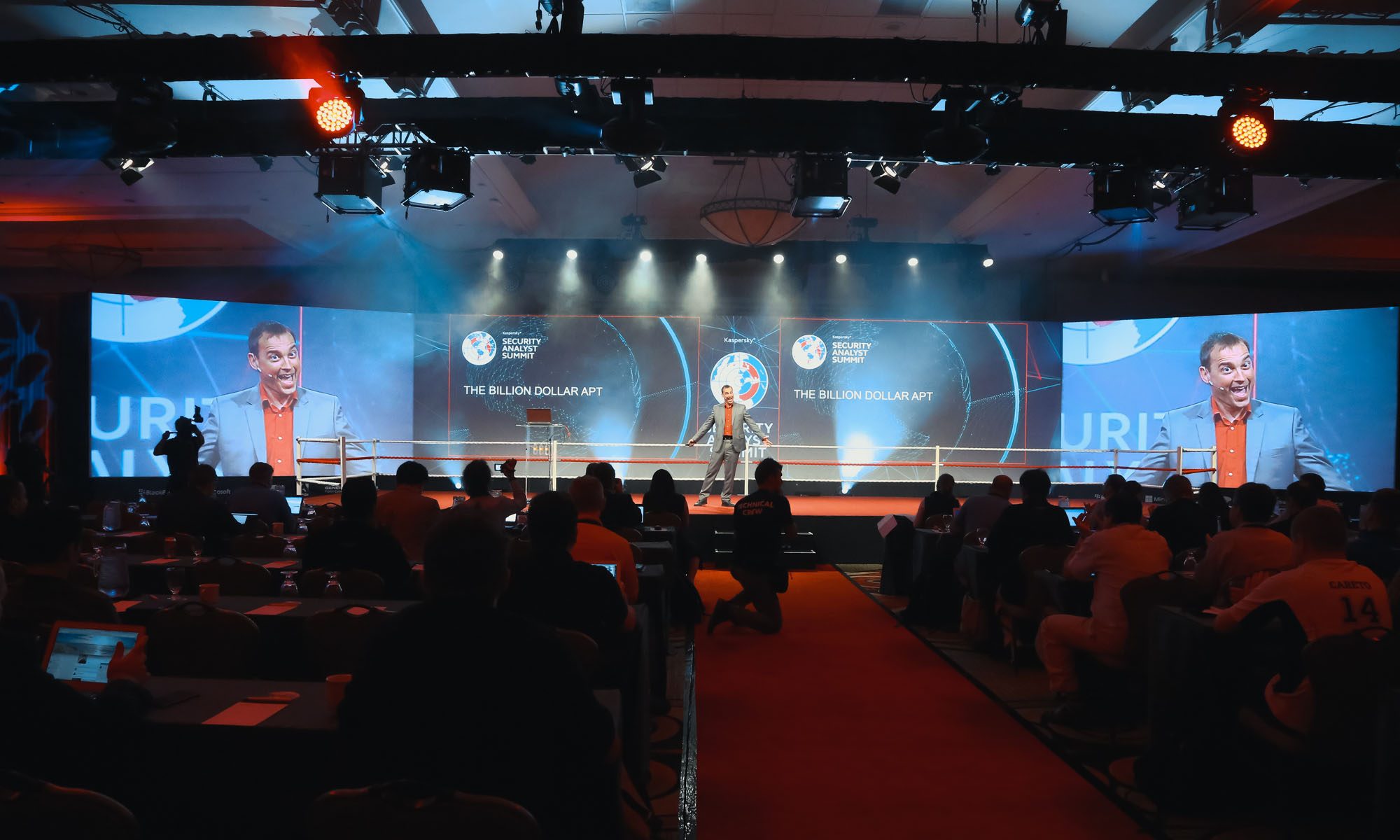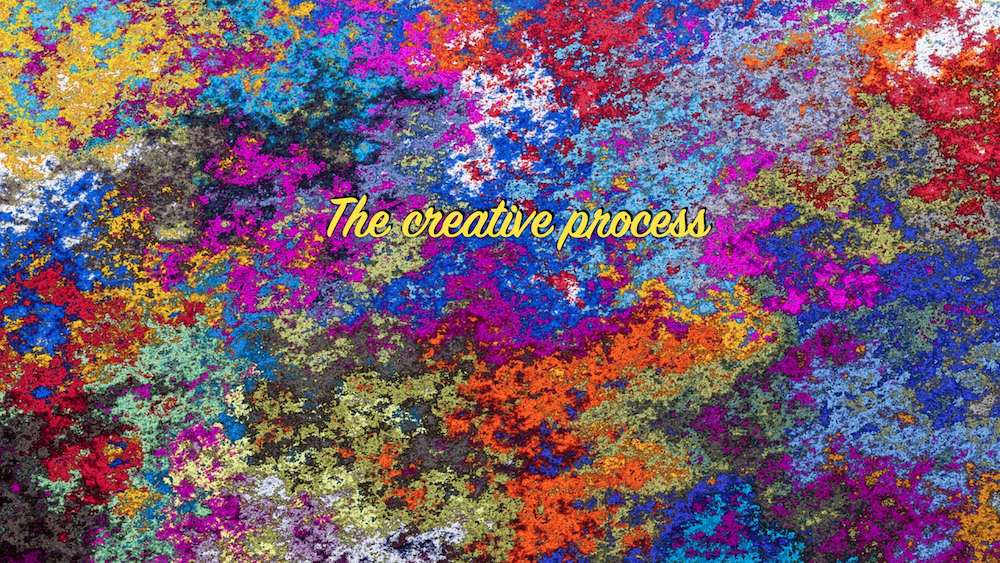Art
The outside world may not always be aware of it, but speaking is an art.
And art needs creativity.
And creativity is hard to control.
Right now I’m in the middle of creating a new presentation, on a topic I haven’t presented on before. I’m done with my research, reading, comparing, thinking (yes, speaking is science too).
Now I have to weave it all together in one exciting presentation. That’s where creativity kicks in. And even though you cannot control it, you can create the conditions that allows it to flourish.
We all have our systems for that (I hope!). Here are three things I do to get creative.
Laptop closed
The worst thing you can do is open up your laptop, fire up powerpoint and start typing up bullet points. Write, draw, think, daydream, discuss, try. I usually use these techniques before I fire up my trusty Macbook – not necessarily all of them, and not necessarily in order: it’s a creative process after all.
- Mind mapping. I have collected my facts and stories (for which I did use my laptop), now I’m going to connect them. Big piece of paper, topic in the middle, as many colours pen as I can find, I connect the main ideas to the topic, connect the sub-ideas to the main ideas, and so on. I don’t have an order yet, but now I get an idea of what I could say. Usually in this phase I come up with at least one new main idea I hadn’t thought of before. My favourite location for mind mapping: the train. (For more on mind mapping try The mind map book by Tony Buzan)
- Storyboarding. I take a big piece of paper, draw rectangles and fill them with drawings and keywords. The wild map of ideas gets linearized. Alternatively I can use flashcards for this, which allows me to easily swap blocks around.
(These are the cards I use, but anything will do) - Napkinning. Just like painters often doodle on napkins and little sheets of paper I like to write (or draw!) parts of my speech on beer coasters or bils. Or anything. Sometimes I keep them and later actually use them. Sometimes I throw them away.
And then I turn on my computer and continue to be creative with the slides (if I have them, of course)
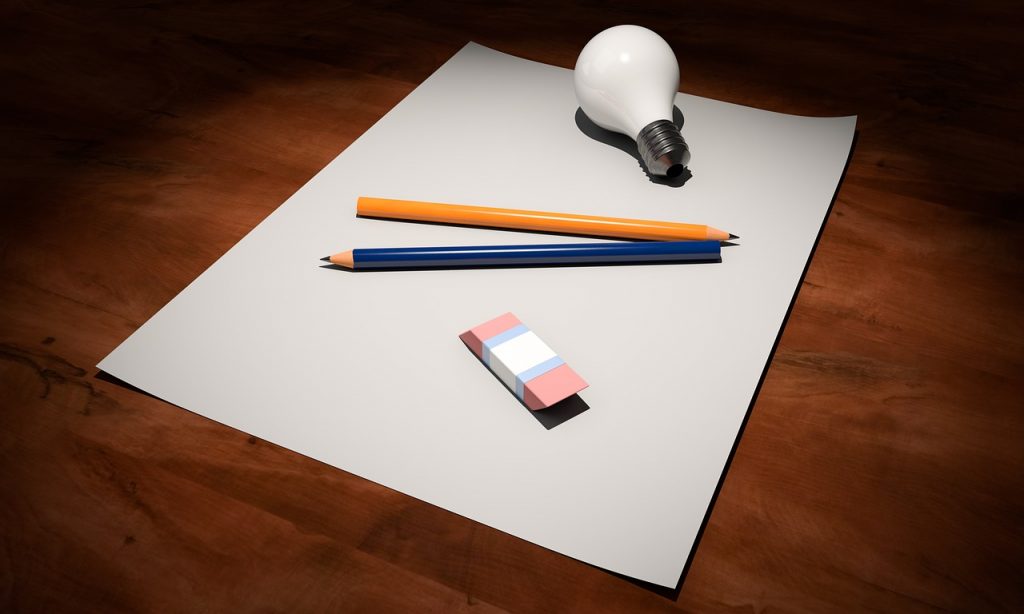
Time
I try to start as early as possible for a new presentation. We all know that most of the work will be done in the last moment anyway, so why start early?
Because my early tries of finding stories, ideas, examples and facts prime my unconscious mind. Once I’ve done that I can safely wait for the deadline to appear, knowing that unconsciously I am making connections and generating new ideas. Of course, at moments these ideas pop up I do have to write them down.
And then, when it’s time to buckle up and do the work I find that most of the work is actually done. I just have to put it out there.
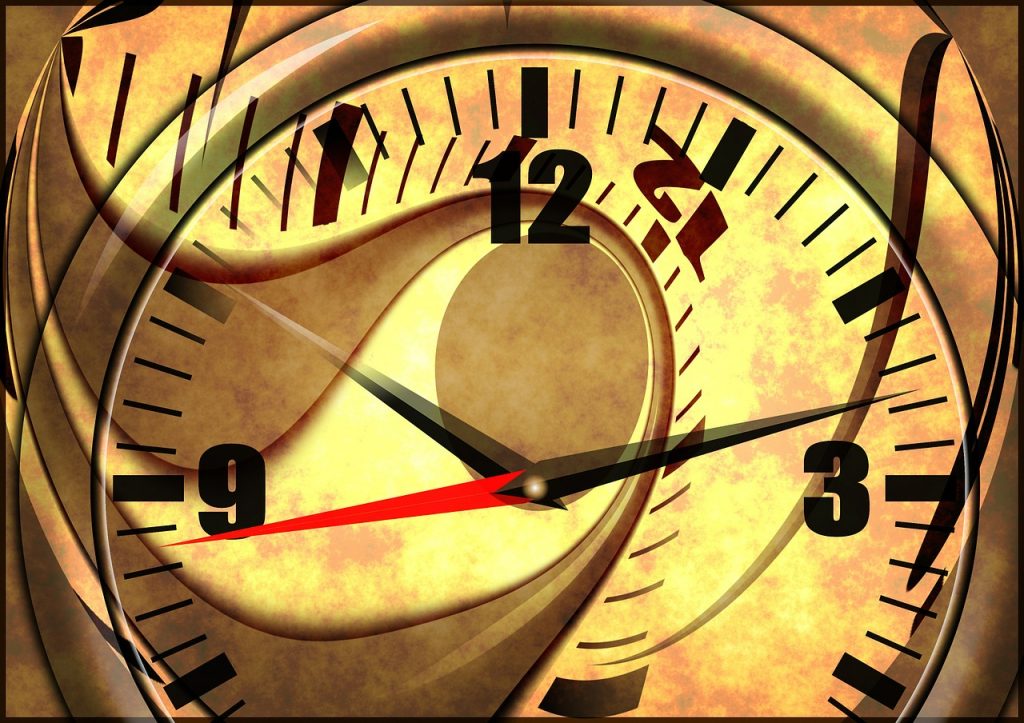
Walk
Your desk is an idea killer.
Hardly anyone gets brilliant ideas while sitting on that chair and staring at that screen.
When do the ideas come? Usually, when you are in an environment that, in your mind, is not connected with work. In no stress, no routine situations. In other words, in no desk situations..
So I prime my mind, and go for a walk. I bring a notebook (or just a smartphone) because I know that at least one good new idea will pop up. Not necessarily related to the current presentation though…
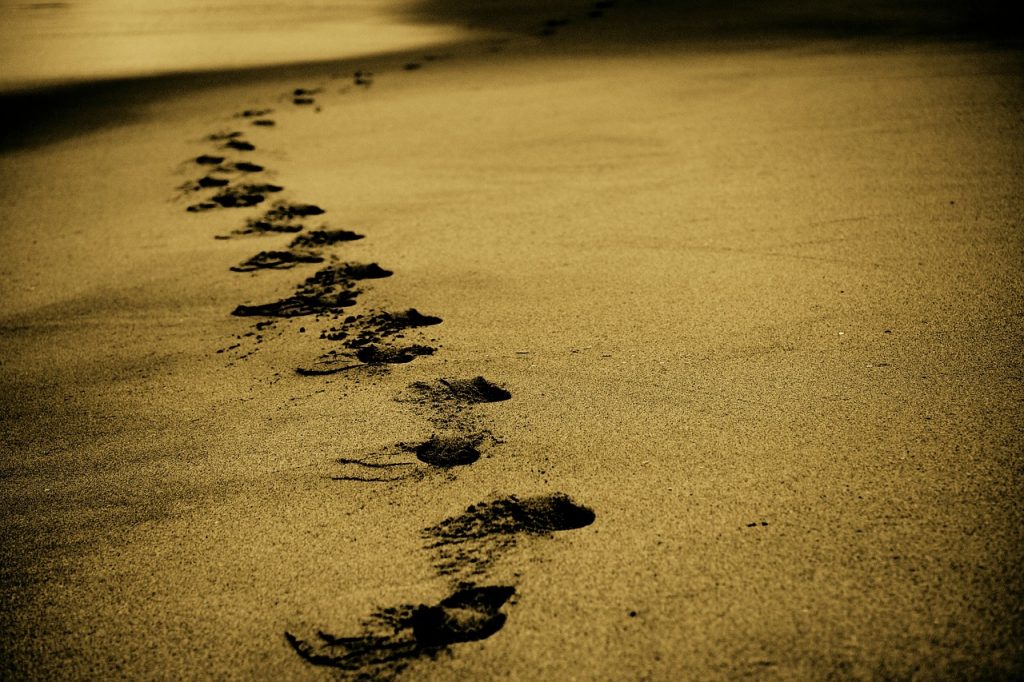
What is your process?
I believe the three points above are my most important creation-enablers. There’s more of course, like discussing my ideas with others, pseudo-random surfing the web, searching for awesome photographs, and so on.
We’re all different. If you have never tried the three ideas above, give them a go, and tell me if they work for you. If you use different techniques to get the creative juices flowing I’d love to hear from you as well. How do you get creative?
photos CC0: Melanie Simon,Arek Socha, mikegi.
